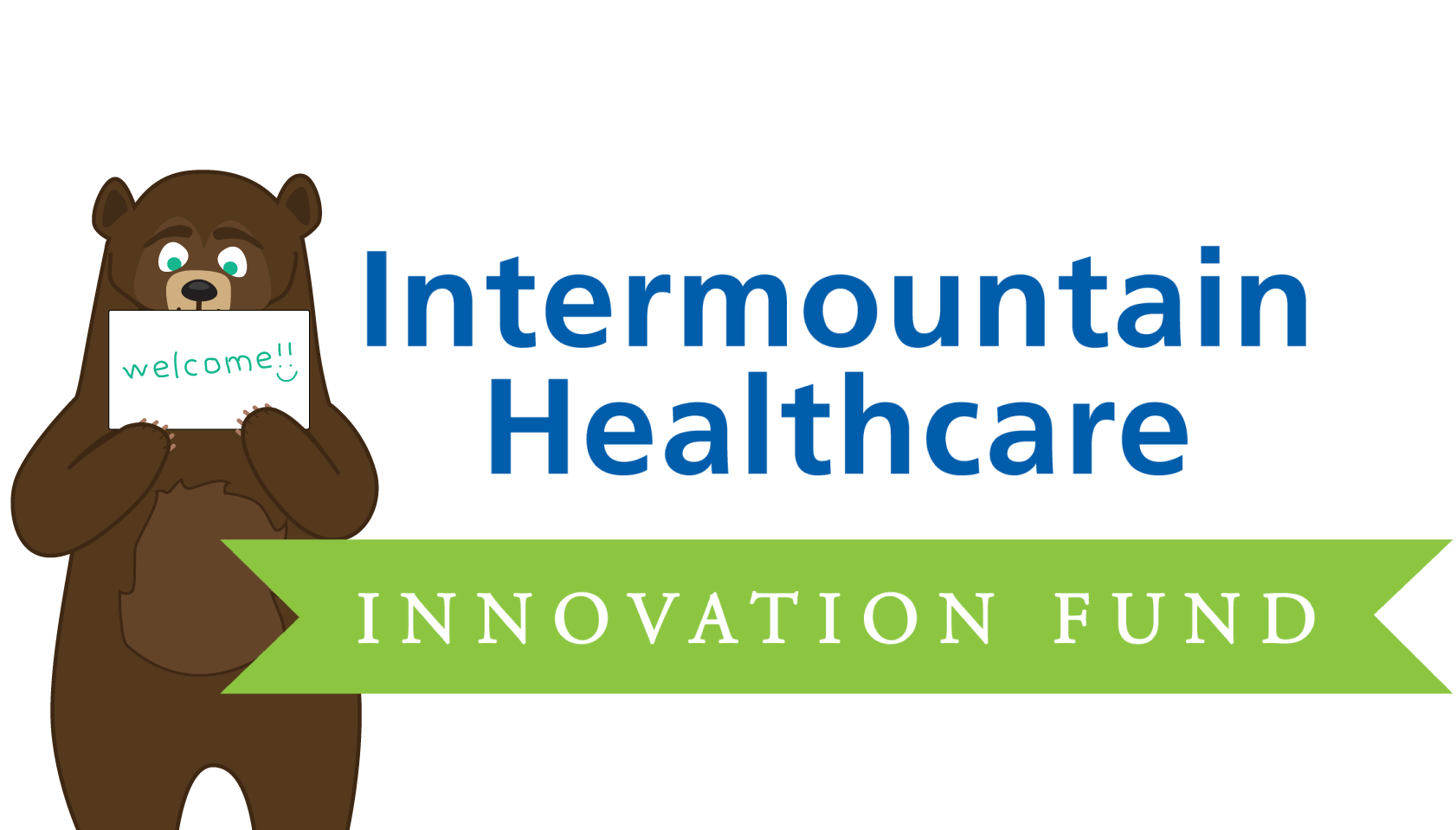Welcome to the family, Intermountain
Jun 06, 2017

Today we announced an investment from the Intermountain Healthcare Innovation Fund. This is a follow-on to our Series B from January and a final close to the round.
In many ways, it's also a continuation of a strategy I outlined after the initial raise. We've seen growing interest in our approach to interoperability from the most innovative healthcare systems in our industry.
However, this is in contrast to what’s made us successful thus far. For the most part, our growth has been on the backs of the digital health solutions who have chosen to integrate with us more so than the health systems that buy their products. They chose our networked approach instead of building more point-to-point integrations and have dragged us into nearly 100 health systems. Each organization integrated benefits the entire network. This is what makes Redox unique.
For us, this is about systematically solving the application interoperability problem, not selling more connections.
We believe that it's not sufficient to solve it for one health system, one EHR, or one digital health app at a time. The reusable, ubiquitous network is necessary; without it, we'd just be making marginal improvements. A health system with custom built APIs only opens up that health system. An EHR with well-formed interfaces only helps providers on that vendor. An app connecting directly only solves the problem for that app. And a new standard with legacy optionality is just a refreshed flavor of the same problem.
Integration is not a value proposition or product differentiator. It's not something worth writing on a booth at trade shows. Well, at least it shouldn't be in the near future—it should be a commodity.
As we look at our typical partners—digital health applications—we realized that we could only help them so much. We want to get them live and in use at health systems all around the country. Our incentives are aligned, so we help them prepare for the questions they’ll get from IT, set clear expectations on what integration will look like, and remove that technical barrier. Nevertheless, we often find ourselves at the mercy of their sales cycles.
If we went up a level, we might be able to clear that path to innovation with more scalability.
We’ve seen tremendous efficiency gains in health systems turning on many applications through Redox. The same infrastructure is used to power these apps with varying workflows affecting different types of patients and users. This enables health systems using Redox to:
Learn faster – Piloting digital health apps can bring tremendous lessons on what types of technology can make a difference. A barrier to this kind of experimentation is the inability for application developers and IT teams to build out all of the point-to-point connections, one by one.
Adopt more – A single connection to Redox can enable countless application use cases. This enables the technology decision-making process to move closer to the end user.
Build – When third-party applications don’t meet the needs, we work with health systems to build out their own applications on top of Redox.
Commercialize – It might make sense to distribute applications built in-house more widely. Redox provides a consistent application layer regardless of the EHR vendor or instance.
The expertise that Intermountain Healthcare brings in digital health innovation is tremendous. They have a long legacy of using technology and clinical data to drive better outcomes for patients. We’re excited to welcome them to the team and can’t wait to learn from them.
Webinar: Navigating digital health
If you're up for it, join me in a quick webinar on Thursday, 4/13, to talk through our growing strategy as we work to serve both sides of our market: digital health applications and the health systems they're looking to serve. See you there.
